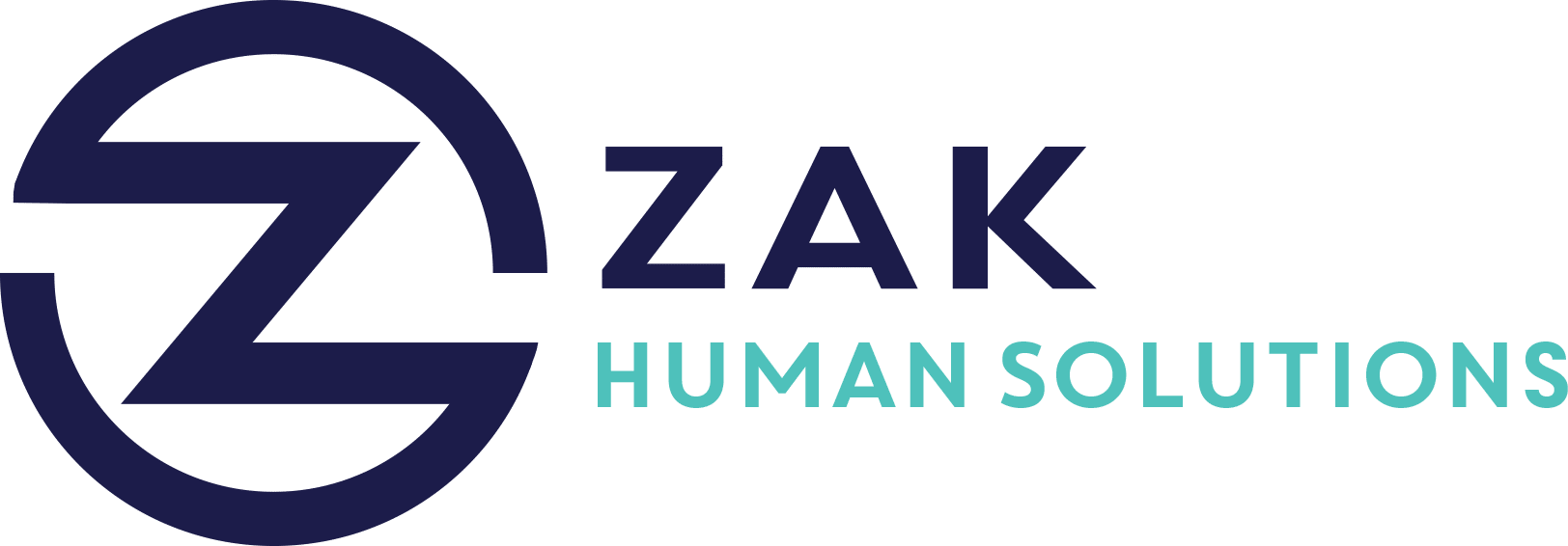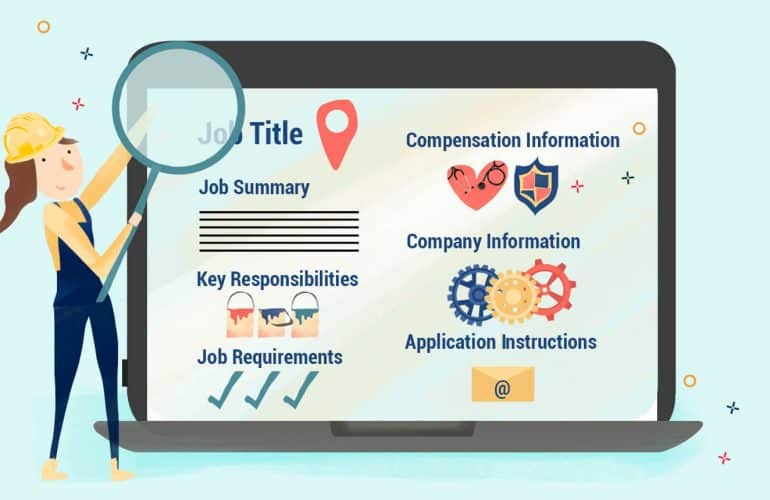Key Takeaways
- Understanding future needs and anticipating market trends is crucial for hiring candidates who can adapt to evolving technologies.
- Emphasizing skills over experience broadens candidate diversity and ensures essential competencies align with company needs.
- Streamlining the hiring process helps attract top candidates who might otherwise abandon lengthy applications.
- Hiring for cultural fit ensures valuable alignment with company values and enhances employee engagement.
- Using third-party recruiters can simplify the hiring process and ensure quicker access to qualified candidates, ultimately saving time and costs.
In today’s rapidly changing business landscape, staying ahead means anticipating future needs, adopting new technologies, and implementing strategic hiring practices. By focusing on smart hiring techniques, companies can enhance their workforce’s resilience and adaptability, fostering long-term success.
Anticipating Future Needs and Market Trends
Understanding future needs is crucial for building a workforce that can adapt to new challenges and opportunities. By keeping an eye on market trends and technological advancements, businesses can ensure that they are hiring forward-thinking candidates. This forward-thinking approach not only prepares the organization for upcoming changes but also positions it as a leader in innovation.
Skills Over Experience: A New Hiring Paradigm
Emphasizing skills over experience broadens the candidate pool and fosters diversity within the workforce. By focusing on essential competencies, companies can align their hiring strategies with long-term organizational goals. Skills assessments are an effective way to gauge soft skills like problem-solving and communication, which are increasingly valued in today’s collaborative work environment.
Streamlining the Hiring Process
A sluggish hiring process can deter top candidates, who may lose interest or receive offers elsewhere. Streamlining recruitment not only speeds up the process but also makes it more candidate-friendly. Companies should focus on creating user-friendly applications and reducing unnecessary steps, as many candidates abandon applications due to complicated processes.
Hiring for Cultural Fit
Cultural alignment is integral to employee satisfaction and retention. Candidates who share a company’s values and work style are more likely to be engaged and productive. Assessing cultural fit involves more than evaluating skills and experience; it examines the potential for candidates to thrive within the organizational environment.
Leveraging Third-Party Recruitment Services
The recruitment process can be time-consuming and costly. Employing third-party recruiters can simplify the search for qualified candidates, ensuring quicker access to talent and reducing hiring costs. Recruitment agencies offer expertise and resources that can enhance the quality and efficiency of the hiring process, especially during a potential recruit’s trial period.
Future-proofing your workforce begins with strategic hiring approaches that anticipate future needs, prioritize skills, and streamline processes. By focusing on cultural fit and leveraging external recruitment expertise, companies can build a resilient and adaptable workforce ready for future challenges.




